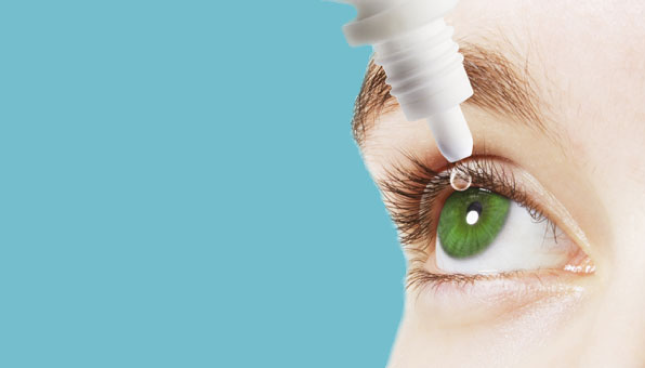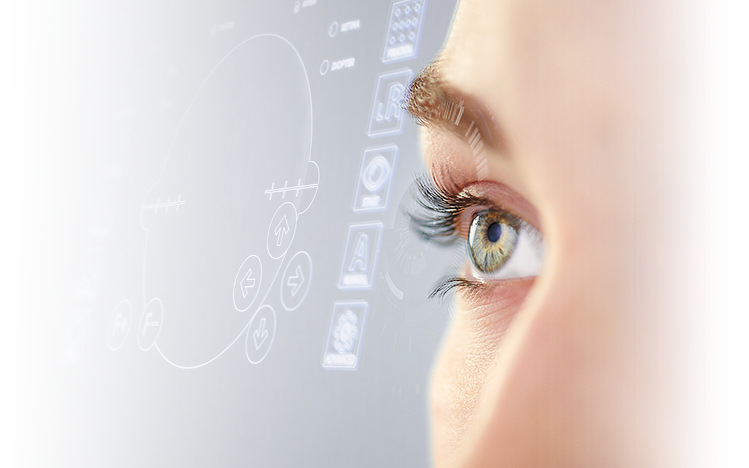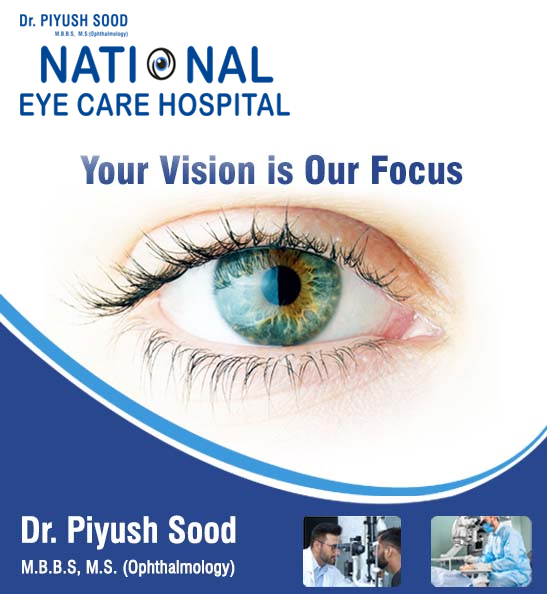Premier Refractive Surgeries in AL: Advanced Techniques at Our Clinic
Wiki Article
Checking Out the State-of-the-Art Technologies Used for Diagnosing and Treating Eye Conditions
In the realm of ophthalmology, the evolution of technology has substantially improved the tools offered for identifying and dealing with numerous eye conditions. From advanced imaging modern technologies that offer detailed insights into ocular structures to robotic-assisted operations that use unmatched precision, the landscape of eye care is continuously advancing. With the integration of man-made knowledge in diagnostics, genetics treatment innovations, and virtual truth rehabilitation, the possibilities for improving person outcomes are broadening at a fast pace. The convergence of these advanced technologies holds the guarantee of reinventing the field of ophthalmology, offering brand-new avenues for personalized and effective therapies.
Advanced Imaging Technologies
Advanced Imaging Technologies have changed the field of ophthalmology by providing exact and comprehensive visualization of the eye frameworks. Optical Coherence Tomography (OCT) attracts attention as a crucial modern technology in this world. OCT uses light waves to capture high-resolution cross-sectional images of the retina, allowing for the identification of minute architectural adjustments. This non-invasive strategy help in the early discovery and tracking of different eye conditions such as macular deterioration, diabetic person retinopathy, and glaucoma.Moreover, Fundus Photography is another important tool in sensory imaging. This technique involves capturing thorough pictures of the rear of the eye, including the retina and optic disc. Fundus Digital photography assists in documenting the progression of eye diseases, examining therapy efficacy, and informing individuals concerning their eye health and wellness.

Robotic-Assisted Procedure
Robotic-assisted surgeries have actually substantially progressed the capabilities of ophthalmic surgical procedure, ushering in a new era of accuracy and performance in dealing with different eye problems. By incorporating robot technology into medical procedures, ophthalmologists can attain unequaled precision and control, leading to boosted client end results.Among the key benefits of robotic-assisted surgery in ophthalmology is the improved dexterity and security it supplies to cosmetic surgeons. The robotic arms can execute precise activities with a high degree of precision, enabling for fragile procedures with minimal invasiveness. This degree of accuracy is particularly beneficial in surgical procedures including the retina, where also small errors can have substantial implications for a person's vision.
Additionally, robotic-assisted medical systems offer real-time imaging and responses to the doctor, enabling them to make educated decisions throughout the procedure. This technology boosts the specialist's situational recognition and permits changes to be made without delay, guaranteeing optimum outcomes for the patient.
Artificial Intelligence in Diagnostics
With the advancement of sophisticated modern technologies enhancing medical precision in ophthalmic procedures, the assimilation of Expert system in diagnostics has actually emerged as an essential advancement changing the area of eye treatment. Expert System (AI) formulas are being significantly utilized to analyze intricate information from imaging modern technologies like optical comprehensibility tomography (OCT) and fundus digital photography to assist in the very early detection and precise diagnosis of various eye problems. These AI systems can efficiently recognize patterns and anomalies in images that may not be discernible to the human eye, making it possible for quicker diagnosis and treatment planning.AI algorithms can additionally forecast condition progression, suggest tailored treatment plans, and analyze the efficiency of treatments. By improving the diagnostic process, AI not only boosts the effectiveness of eye treatment specialists yet also enhances patient results by enabling timely interventions. As AI continues to advancement, its duty in diagnostics is anticipated to expand, providing brand-new possibilities for early intervention and individualized therapy in the field of ophthalmology.
Genetics Therapy Developments
In the world of ocular innovations, recent strides in gene treatment innovations have actually sparked substantial interest amongst scientists and healthcare experts alike. Genetics treatment holds immense pledge in transforming the therapy of numerous eye problems by targeting the underlying hereditary reasons. By introducing genetic product into cells to make up for uncommon genes or to provide a missing genetics, gene therapy uses an individualized approach to attending to acquired eye conditions such as retinitis pigmentosa, Leber hereditary amaurosis, and others that were previously taken into consideration untreatable.
As research in gene therapy remains to advance, the capacity for customized therapies for a broader array of eye problems grows, offering new hope for patients with hereditary eye conditions.
Virtual Reality Rehabilitation
Online reality rehabilitation has actually become an advanced technique in boosting the recuperation and rehab procedures for individuals with various aesthetic impairments. refractive surgeries in al. By simulating real-world settings via immersive modern technology, digital fact provides a distinct system for vision therapy and rehabilitation. This innovative approach makes it possible for people to engage in interactive workouts and tasks developed to enhance aesthetic acuity, deepness understanding, eye coordination, and overall aesthetic performanceOne trick benefit of digital truth rehabilitation is its capacity to customize treatment programs based upon the details demands and capabilities of each client. Via real-time comments and surveillance, health care specialists can track progression, change treatments, and give personalized treatment to optimize results. Additionally, digital truth modern technology can produce site a risk-free and regulated room for people to practice visual tasks, overcome difficulties, and develop self-confidence in check my blog a virtual setup before transitioning to real-world situations.
Verdict
In conclusion, the improvements in imaging innovations, robotic-assisted surgical procedures, expert system diagnostics, gene treatment advancements, and virtual truth recovery have actually dramatically boosted the medical diagnosis and treatment of eye conditions. cataract care service. These modern innovations have actually revolutionized the area of ophthalmology, permitting for even more exact and effective treatments. As modern technology continues to advance, the future of eye care looks promising with the capacity for also more cutting-edge remedies to enhance client outcomesIn the realm of ophthalmology, the advancement of modern technology has actually substantially improved the tools offered for detecting and treating various eye conditions. Fundus Photography aids in documenting the progression of eye conditions, reviewing treatment effectiveness, and educating individuals concerning their eye wellness.
Man-made Intelligence (AI) formulas are being significantly made use of to assess complicated information from imaging technologies like optical comprehensibility tomography (OCT) and fundus digital check these guys out photography to assist in the very early detection and accurate diagnosis of various eye conditions.In final thought, the developments in imaging technologies, robotic-assisted surgeries, fabricated knowledge diagnostics, gene therapy innovations, and digital fact recovery have actually substantially boosted the diagnosis and therapy of eye conditions. As innovation continues to progress, the future of eye care looks appealing with the potential for even more cutting-edge options to enhance patient results.
Report this wiki page